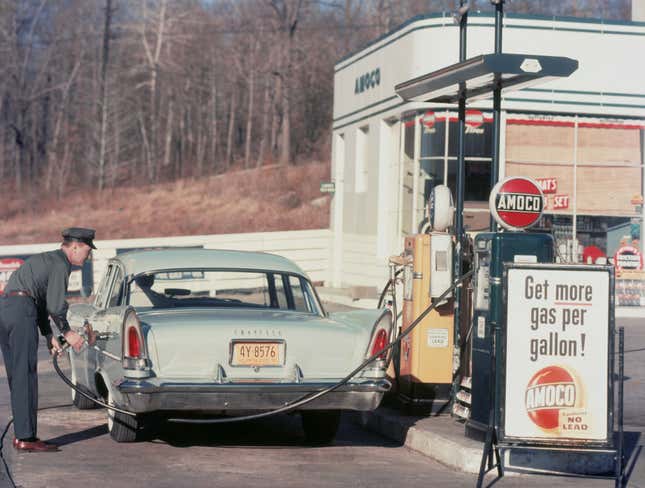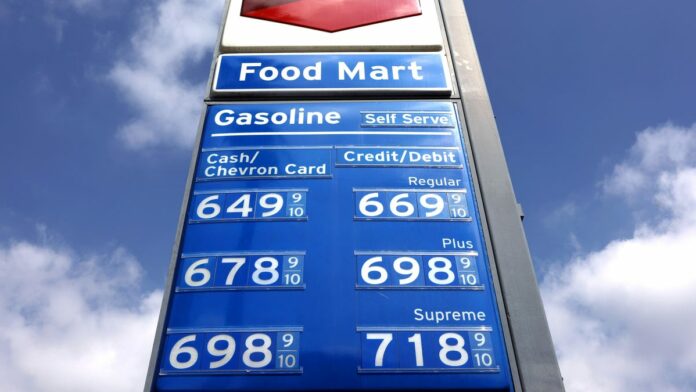Have you ever looked at gas prices and wondered, “why is there a fraction on my gas price?” It’s a standard practice across the country, but it’s rarely explained. It turns out it stems from early 20th century practices when sales taxes were first placed on gasoline sales to help fund highway construction and maintenance, and it’s perpetuated to mislead modern consumers into spending more money without realizing it.
A single cent in 1913 was equivalent to about 32 cents in 2024, and gas prices at that time were around 10 cents a gallon. Adding a full cent per gallon would have meant a 10 percent price increase per gallon, which is significant. This became especially prevalent once the great depression struck and families across the nation were thrust into poverty, so gas stations added fractional price increments to minimize the impact on consumers.

Most gas stations pushed their fractional charges up to 9/10 of a cent around the 1950s when they began advertising prices on the large signs we see today. According to CNN,
Setting prices ending in 99 cents, known as “just-below pricing,” is a common marketing tool used to make consumers feel like they’re getting a deal, said Robert Schindler, a professor of marketing at the Rutgers School of Business-Camden who researches retail prices and how shoppers process numbers.
“To consumers, a price such as 19.9 cents feels substantially lower than the price of 20 cents,” Schindler said.
The state of Iowa outlawed fractional pricing of gasoline sales in 1985, but it repealed the law just four years later in 1989 and most Iowa gas stations went back to adding 9/10 of a cent to their gas prices. CNN cited that a California gas station owner removed the fraction from his prices and rounded down, and he lost about $23 per day in revenue. Marketplace reports that the extra 9/10 fraction on gas prices add up to half a billion dollars per year across the country.
It feels arbitrary to add a fraction of a cent to prices of anything since pennies are practically worthless to most folks, but enough of those worthless pennies adds up to quite a hefty profit. As someone who’s getting increasingly sick of being nickeled and dimed by business owners, it’s annoying. But if you’re a gas station owner I’m sure you’re pleased to be making more money.
A version of this article originally appeared on Jalopnik.


